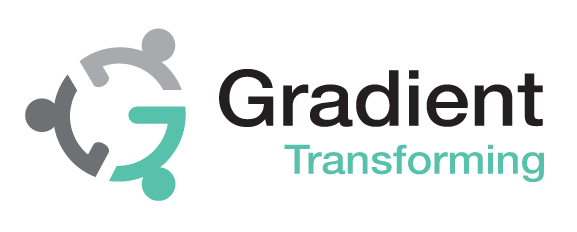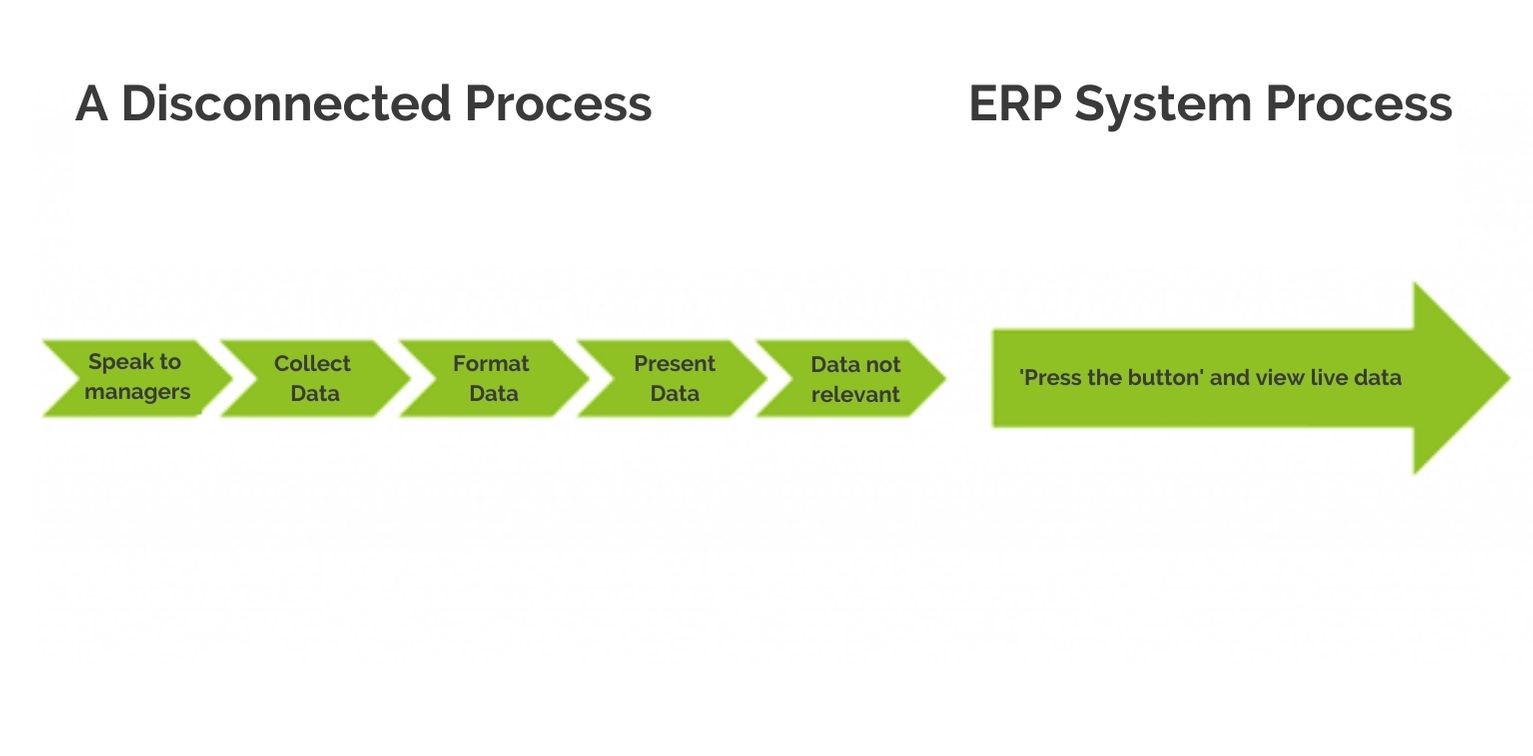A business system should help take care of the future and support operational processes, though only when designed to align with your business.
There are many questions that you could ask to help decide whether it is time for your company to review systems. There has been a lot of time recently to reflect, about ourselves, others and what the future holds. There will be plenty of challenges ahead but an equal amount of opportunities too. We want to encourage you to take the opportunity to assess and fix your business processes.
Take this scenario: the business has centralised systems, but the company has evolved and grown over time. Often people don’t notice just how out of alignment the people, systems and desired deliverables have become. There can be an increasing hidden army of resource whose time is wasted with day to day administration and end of month/year processes.
How do you know when the time has come to review systems? In general, some signs will increasingly show that the current systems are becoming out of alignment with how the staff need to work. Also, the things customers are requesting from the company. These things do not necessarily mean that new systems are required; it may just be that we can re-optimise your existing systems and bring everything back in line.
Here are ten statements for you to review, relating to any of them may be a sure sign that time is now. Be sure to contact us today to talk about how we will support your review.
There is still a reliance on bits and pieces of software or traditional methods of reporting.
Are you relying on:
- Smartsheets
- Spreadsheets (Excel)
- Outlook
- Desktop/single-function applications
- Word
- Hand-written information
Is this all becoming an unmanageable burden? Choosing ERP software means data can be streamlined and integrated into one system. One system, as opposed to multiple, will not only align the business and departments within, but it will also help save on various software costs including licences, maintenance, training and overall operational expenses.
We have a department or function-specific database.
Without realising the fact, many business people do not comprehend the potential demise of a company that has siloed working environments. Teams working like this are likely to have low levels of productivity and morale, often without even knowing as they are so familiar with this way of working.
What to look out for:
- Quick fixes
- Short term solutions
- Disconnected information
- Departments becoming isolated
- Duplicate workloads
Humans work best when they collaborate and share ideas and information. An ERP system integrates processes and departments so users can input data and access the same information, working together as one.
We spend a lot of time entering data.
Is inputting data a long and drawn-out process? Do you understand the reasons for the input of that data and how it contributes to the overall picture of the company? When you get the chance to answer these questions, it may show that a lot of time is going to waste.
The re-entry of data occurs throughout the business.
Is the following happening?
- The same information is being entered
- Nugatory administration tasks are carried out all the time
- Copy-paste and amend
- Unproductive use of time
- Increased chance of a human error occurring
Re-entry occurs because departments use multiple applications that only hold information specific to that area. The information is often not shared either which in turn isolates that area of the business and the data it contains. Stopping data re-entry requires enablement tools that allow data to flow freely to all departments. Ultimately, productivity will increase by putting a stop to those unnecessary steps.
There are multiple versions of the truth (silos of information as previously mentioned).
- Which version is correct?
- Filtering information becomes difficult
- Different departments don’t or won’t talk to each other
If everyone has access to the same accurate, up-to-date information, ‘data silos’ will be eliminated.
I often have to ask many people for one piece of information.
- No single source of information
- Inefficient communication links are causing bottlenecks
- Individuals are singing from different hymn-sheets
According to a report by the Economist Intelligence Unit (EIU), the average employee needs to navigate four or more applications to execute a single business process and spends 25% of their workweek looking for information. Furthermore, when asked about which characteristics and related policies make the most significant contribution to employee engagement and productivity, the top answer from respondents for both was the ease of access to information required to get work done.
It is difficult to know or explain the state of the business.
You may find you hear about problems happening well after they have occurred, your supply chain is all over the place, and you aren’t meeting demand in key areas.
- Unless you can ‘press a button’ and have the up to date key performance measures and data at hand, then anything else is guesswork.
- Can you afford to wait days beyond month end to find out if the company has made money or not, or to find out what commitments have been made?
ERP strategy provides real-time reporting on the state of current operations enabling you to know what is going on and make sound decisions.
It is also tricky to produce accurate forecasts.
Is the process longer or harder than you feel it should be when creating a forecast? Equally, do you feel like you can rely on the data at hand?
Operational management could manage better with improved technology.
- Is there constant firefighting?
- How is management time allocated?
- How does management receive essential information, and what is the quality of this information?
Not having the support of technology can leave a team with misaligned priorities and limit collaboration with others even further.
Ultimately, my business could be more competitive.
- The cumulative effect of inefficiencies is having a significant impact on the bottom line
- The growth exacerbates these efficiencies
- Ask yourself – Is my competition eating me, or am I eating them?
So there you are, you know there can be things done for the business to become more profitable and successful.
Summary
An ERP system touches on every aspect of your business, and It can be a vital piece of software across many industries. It will help the company as a whole to respond to changes, make more accurate business decisions and improve efficiencies from admin through to marketing and beyond. An ERP system can seriously help turnaround a business that has lost track of where they were, what they are doing, and where they are going.
If you think it’s time to review systems, but you don’t know where to start – contact us today on +44 (0) 1282 463710. Alternatively, complete the form below and we will call you back!




